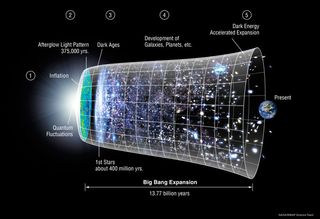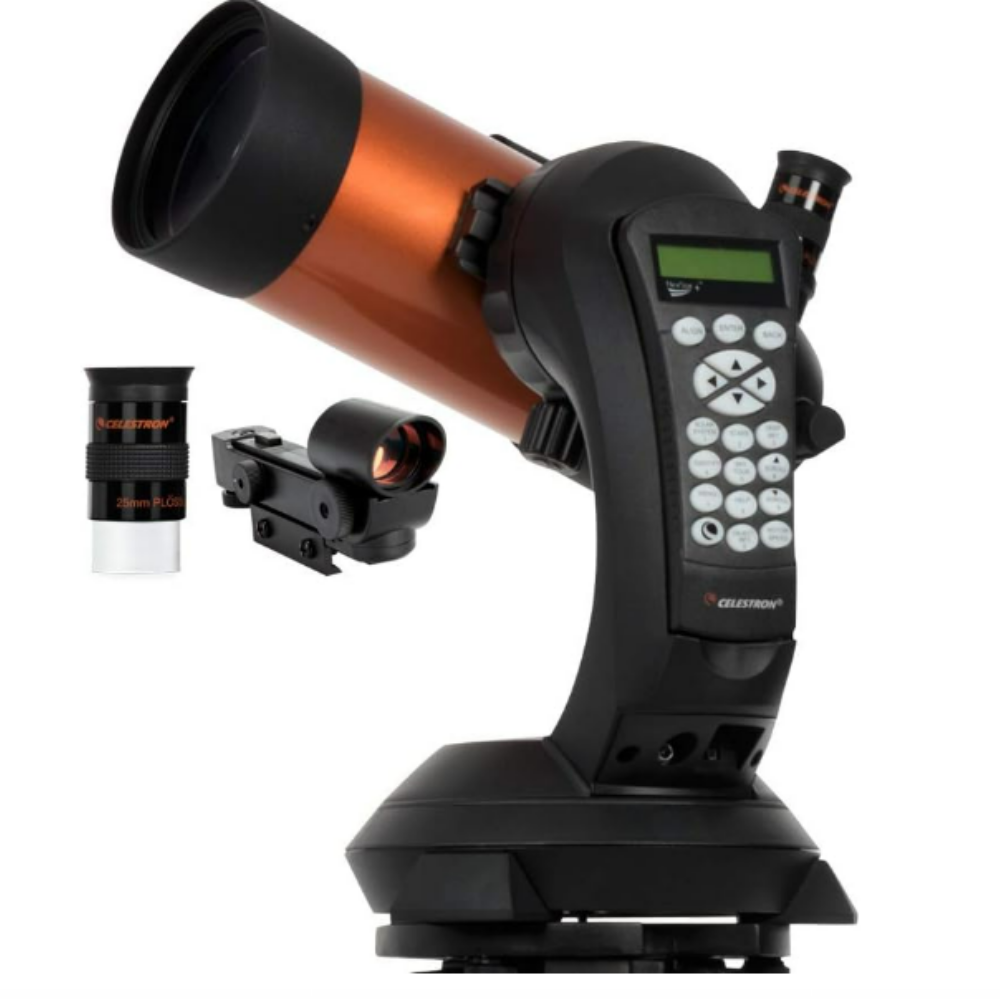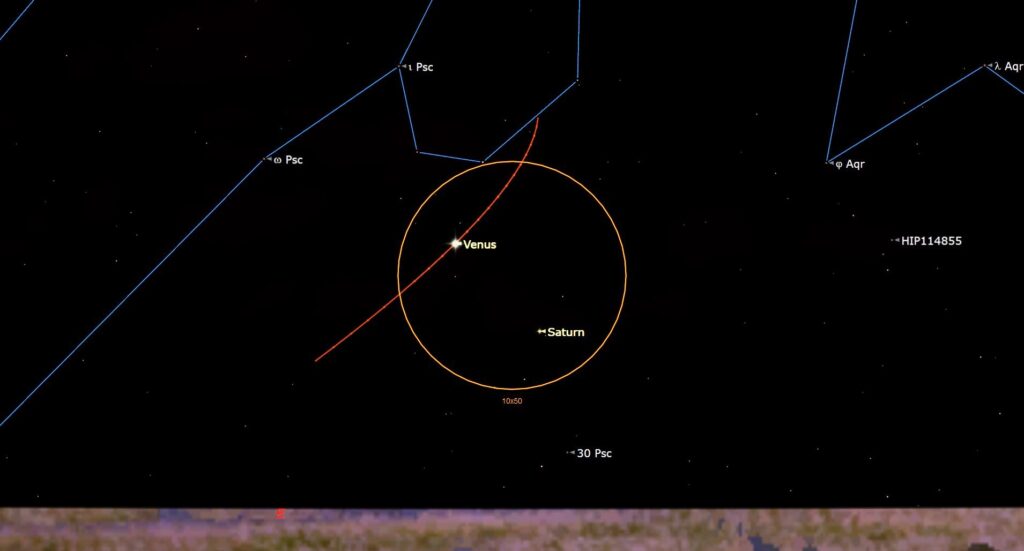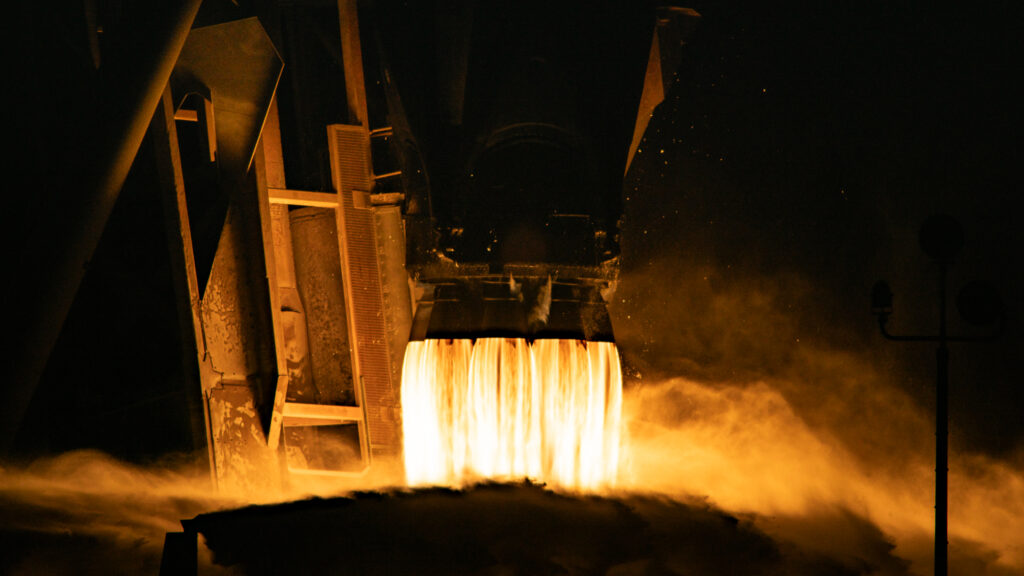Strange behavior in a massive cluster of merging galaxies could be explained if dark matter, the universe’s most mysterious stuff, can collide with itself. However, the most favored model of cosmology right now is the cold dark matter (CDM) model — and it suggests that dark matter, which is effectively invisible because it doesn’t interact with light, is not self-interacting.
To get to the bottom of this conundrum, researchers from the Astrophysics and Cosmology group of Italy’s Scuola Internazionale Superiore di Studi Avanzati (SISSA) set about simulating what is happening within the massive galactic cluster “El Gordo” (which literally means “the Fat One” in Spanish). It’s located around 7 billion light-years from Earth.
This simulation revealed the physics of the supercluster of colliding galaxies — which has a mass equivalent to 3 million billion suns and is officially designated ACT-CL J0102-4915 — could be explained by an alternative theory to the CDM. This alternative theory is called the self-interacting dark matter (SIDM) model.
Related: Exotic ‘Einstein ring’ suggests that mysterious dark matter interacts with itself
As its name suggests, this model posits that whatever dark matter consists of, the substance can collide and interact with itself. If the universe is accurately described by a SIDM model, it would mean dark matter particles can exchange energy with themselves.
A ‘fat’ dark matter laboratory
The fact that dark matter doesn’t interact with light nor with visible matter has tipped scientists off that it can’t be composed of atoms made up of electrons, protons and neutrons. Those are the bits that compose stars, planets, moons and our bodies. These particles are collectively part of the baryon family, so everyday matter is more technically termed “baryonic matter.”
Dark matter interacts with gravity, so the effect it has on the very fabric of space can impact baryonic visible matter and light. That’s how scientists infer the presence of dark matter. However, dark matter presents a big problem for physics. Dark matter particles vastly outnumber baryonic particles by at least 5 to 1, and possibly by as much as 9 to 1, meaning the stuff we see in the cosmos is only a tiny portion of its actual content.
“According to the currently accepted standard cosmological model, the present baryonic matter density of the universe can account for only 10% of its total matter content. The remaining 90% is in the form of dark matter,” team leader and SISSA scientist Riccardo Valdarnini said in a statement. “It is generally thought that this matter is nonbaryonic and made of cold collisionless particles, which respond only to gravity.
“However, there are still a number of observations which have not yet been explained using the standard model.”
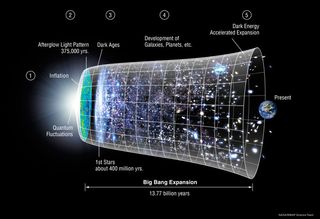
El Gordo is comprised of two separate galaxy subclusters colliding at several million miles per hour. It is so distant it is seen as it was when the universe was less than half its current age. Valdarnini explained that vast and massive structures like El Gordo, which was discovered in 2012, provide the perfect cosmic laboratories to study potential SIDM models.
“These are the massive galaxy clusters, gigantic cosmic structures that, upon collision, determine the most energetic events since the Big Bang,” Valdarnini said. “El Gordo is one of the largest galaxy clusters we know. Due to its peculiarities, El Gordo has been the subject of numerous studies, both theoretical and observational.”
A problem for the standard model of cosmology
The CDM standard model of cosmology suggests that, when galaxies in a cluster collide and merge, the gas component of such an event should behave differently from the dark matter component, dissipating as part of the initially released energy.
“This is why, after the collision, the peak of gas mass density will lag behind those of dark matter and galaxies,” explained Valdarnini.
The SIDM model suggests that something different would happen during these collisions. In this model, there would be a physical separation between points of maximum dark matter mass density, which are referred to as “dark matter centroids,” from other mass components of the colliding galaxies. Observations of El Gordo seem to suggest that this exact SIDM signature.
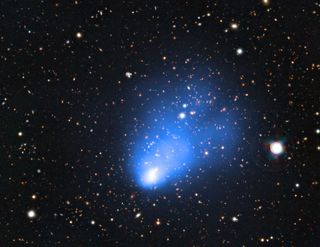
El Gordo consists of two massive galactic subclusters named northwestern (NW) and southeastern (SE), respectively. X-ray images of the entire colliding supercluster show a single X-ray peak in the SE subcluster and two faint, elongated tails that stretch beyond this peak.
One odd feature of these emissions is the varying peak locations of different mass components. Unlike what is seen in another massive supercluster of colliding galaxies, called the Bullet Cluster, the X-ray peak of El Gordo precedes the SE dark matter peak. In addition to this, the Brightest Cluster Galaxy (BCG) in El Gordo is trailing the X-ray peak, and it also appears to be offset from SE’s mass centroid. There are also strange features in the NW cluster of El Gordo. In this area, the peak density of galaxies is spatially offset from the corresponding mass peak.
To explain these features and potentially validate a SIDM model, Valdarnini and the team carried out a large set of hydrodynamical simulations of El Gordo, which aimed to reproduce the observed characteristics of the massive supercluster.
“The most significant result of this simulation study is that the relative separations observed between the different mass centroids of the ‘El Gordo’ cluster are naturally explained if the dark matter is self-interacting,” he continued. “For this reason, these findings provide an unambiguous signature of a dark matter behavior that exhibits collisional properties in a very energetic high-redshift [very distant] cluster collision.”
RELATED STORIES
The SISSM researcher, however, also acknowledges that there are inconsistencies between SIDM models and El Gordo observations as well as simulations, with some measured values higher than the model’s predicted upper limits for such cluster mergers.
“This suggests that present SIDM models should be considered as only a low-order approximation and that the underlying physical processes that describe the interaction of dark matter in major cluster mergers are more complex than can be adequately represented by the commonly assumed approach based on the scattering of dark matter particles,” Valdarnini concluded. “The study makes a compelling case for the possibility of self-interacting dark matter between colliding clusters as an alternative to the standard collisionless dark matter paradigm.”
The team’s research was published in April in the journal Astronomy & Astrophysics.
